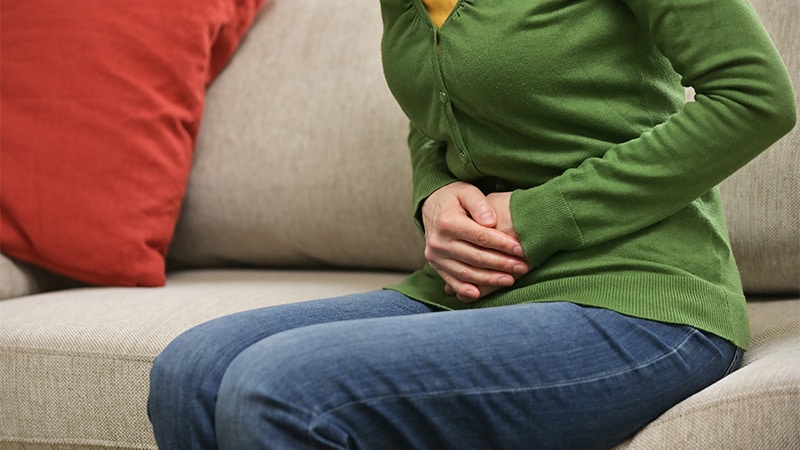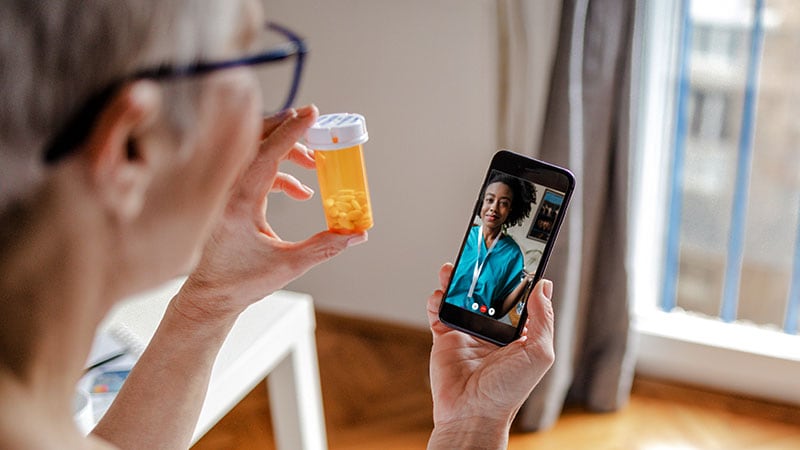Takeaway
- Patients with lower back pain (LBP) who sought treatment first from a chiropractor, acupuncturist, or physical therapist were 85%-91% less likely to develop short- or long-term opioid use compared with those whose first visit was to a primary care physician (PCP).
Why this matters
- Emerging research suggests that spinal manipulation, massage, acupuncture, and superficial heat are effective at treating acute LBP and improving function, potentially eliminating the need for medical therapy.
Study design
- Retrospective cohort study of opioid-naive individuals (age, ≥18 years; n=216,504) who were diagnosed with new-onset LBP from 2008 to 2013.
- Funding: The American Physical Therapy Association; others.
Key results
- Opioid fill was received within 30 days (short-term opioid use) in 22% of the patients and within 60 days in 1.2% of the patients.
- Patients who first visited conservative therapists showed decreased odds for:
- short-term opioid use:
- physical therapy (aOR, 0.15; 95% CI, 0.13-0.17),
- chiropractor (aOR, 0.10; 95% CI, 0.09-0.10),
- acupuncture (aOR, 0.09; 95% CI, 0.07-0.12).
- long-term opioid use:
- physical therapy (aOR, 0.27; 95% CI, 0.15-0.48),
- chiropractor (aOR, 0.22; 95% CI, 0.18-0.26),
- acupuncture (aOR, 0.07; 95% CI, 0.01-0.48).
- short-term opioid use:
Limitations
- Patients who want to avoid opioids may choose conservative care.
- Limited generalisability of findings.
Coauthored with Chitra Ravi, MPharm
References
References



